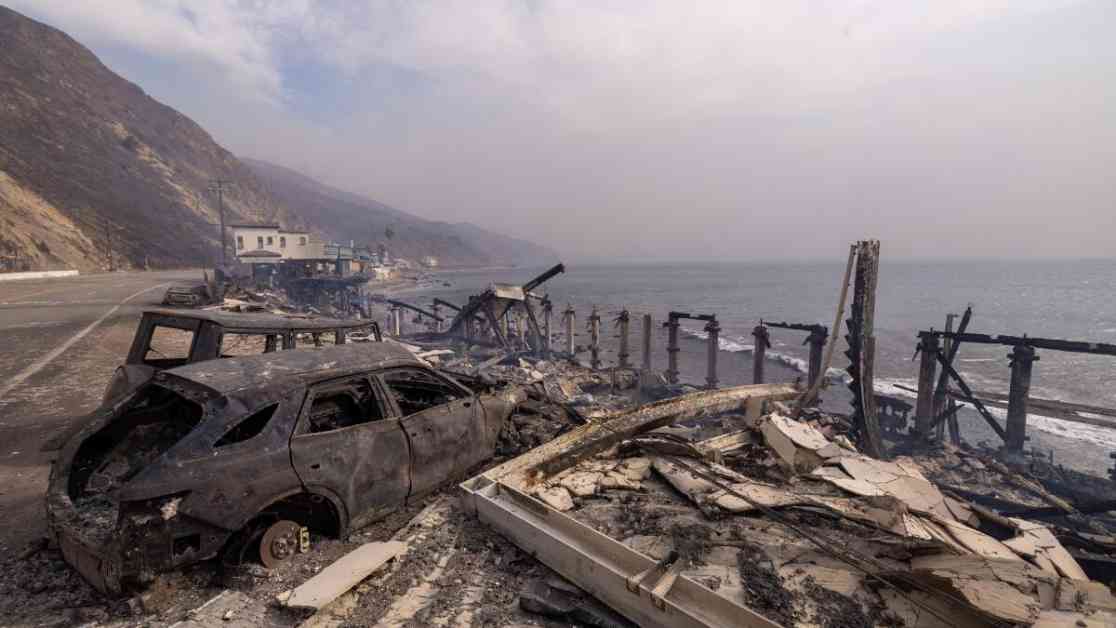Climate Whiplash: A Growing Threat
The recent devastating wildfires in Southern California have left communities reeling from the destruction caused by the rapid shift in weather conditions. Scientists have identified this phenomenon as hydroclimate whiplash, where abrupt transitions from wet to dry weather exacerbate the risks of wildfires, flooding, and other hazards. Daniel Swain, a climate scientist at UCLA, warns that these extreme weather swings are becoming more frequent and intense due to human-caused climate change.
A Tale of Two Extremes
In the last two years, Southern California has experienced a rollercoaster of weather patterns, from unusually wet winters that fueled the growth of flammable vegetation to record-breaking dry conditions that turned the landscape into a tinderbox. According to Swain, this whiplash sequence has doubled the fire risk in the region by promoting the growth of flammable grass and brush and then drying them out to dangerously high levels.
Rising Temperatures, Rising Risks
As temperatures continue to climb due to fossil fuel burning and increasing greenhouse gases, the frequency and intensity of hydroclimate whiplash events are projected to escalate. Swain and his colleagues predict that with each additional degree of warming, the atmosphere’s capacity to absorb and release water expands, leading to more severe floods and droughts. This exponential growth in extreme weather swings poses significant risks of wildfires, flash floods, landslides, and disease outbreaks.
Preparing for a Warmer World
To adapt to these escalating climate challenges, researchers emphasize the need for proactive changes in water management practices and infrastructure. By integrating strategies to address both droughts and floods as interconnected hazards, such as restoring natural floodplains to mitigate flood risks and recharge groundwater, communities can better prepare for the impacts of hydroclimate whiplash. Swain underscores the importance of limiting global warming to mitigate the increasing risks associated with these extreme weather events.
As we confront the realities of a changing climate, it is crucial to recognize the interconnected nature of these challenges and work towards sustainable solutions that prioritize the well-being of both people and the planet. The path forward requires collective action, informed decision-making, and a commitment to building resilient communities that can weather the storm of climate whiplash. How can we each contribute to creating a more sustainable future in the face of these escalating climate risks?




